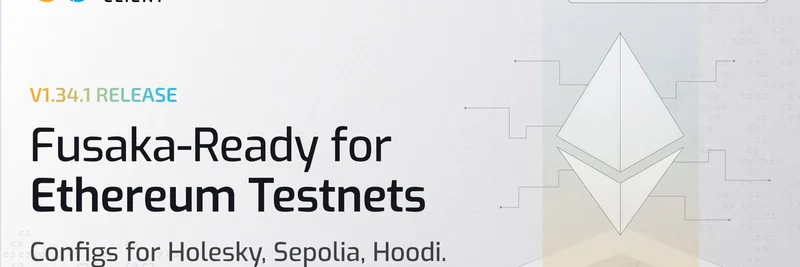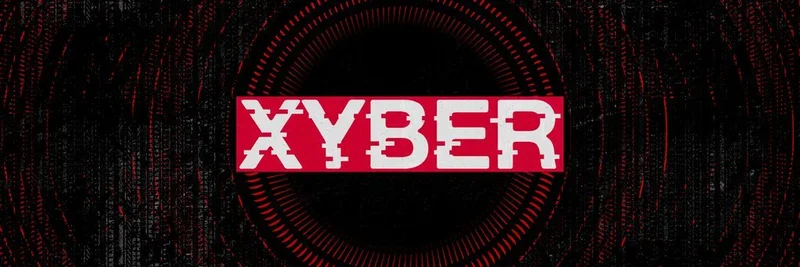Hey there, blockchain enthusiasts! If you're knee-deep in the world of Ethereum and meme tokens, you've probably heard the buzz about upcoming network upgrades. Well, Nethermind, one of the leading Ethereum execution clients, just dropped their version 1.34.1, and it's all geared up for the Fusaka upgrade on key testnets. Let's break this down in simple terms and see why it matters, especially for those of us tracking meme coin trends.
What's New in Nethermind v1.34.1?
Nethermind's latest release focuses on making things easier for developers testing the Fusaka upgrade. For the uninitiated, an execution client like Nethermind is basically the software that processes transactions and executes smart contracts on the Ethereum network. This update includes pre-configured setups for three major testnets: Holesky, Sepolia, and Hoodi.
- Holesky: This is Ethereum's long-term testnet for staking and protocol development.
- Sepolia: A shorter-lived testnet often used for quicker testing cycles.
- Hoodi: The upcoming testnet set to replace Holesky, focusing on infrastructure and developer needs.
These configs mean less hassle with restarts and better synchronization (sync) speeds. In other words, if you're running nodes or testing dApps, you can expect fewer headaches and faster results. Check out the full release notes on GitHub for the technical deep dive.
Understanding the Fusaka Upgrade
Fusaka is Ethereum's next big network upgrade, following Pectra, and it's slated for late 2025 or early 2026. At its core, Fusaka aims to make the blockchain faster and more cost-effective by optimizing data handling. Think lower gas fees and quicker transaction times – music to the ears of anyone launching or trading meme tokens.
Meme coins often rely on viral hype and rapid trades, but high fees can kill the momentum. With Fusaka, we could see a surge in on-chain activity for Ethereum-based memes, making it easier for projects to gain traction without breaking the bank. Nethermind's update ensures that client software is ready to handle these changes during testing phases, helping iron out bugs before the mainnet rollout.
Why This Matters for Meme Token Creators and Traders
At Meme Insider, we're all about how blockchain tech intersects with the wild world of meme tokens. Updates like this one from Nethermind aren't just for hardcore devs; they trickle down to the entire ecosystem. Smoother testnets mean faster innovation in dApps, DeFi protocols, and yes, those pump-and-dump worthy meme coins.
If you're building a meme token on an EVM-compatible chain, testing on Fusaka-ready networks could give you a head start. Reduced "restart churn" – that's tech speak for fewer interruptions during node operations – allows for more reliable simulations of real-world scenarios. Plus, with EVM compatibility baked in, this benefits not just Ethereum but also layer-2 solutions where many memes thrive.
Looking Ahead
As Fusaka approaches, keep an eye on how these testnet improvements play out. Nethermind's proactive approach is a win for the community, ensuring Ethereum stays competitive in the ever-evolving crypto space. Whether you're a dev tweaking smart contracts or a trader hunting the next big meme, this update is a step toward a more efficient blockchain.
Got thoughts on Fusaka or Nethermind's role in meme token tech? Drop us a line or share this article – let's keep the conversation going!


